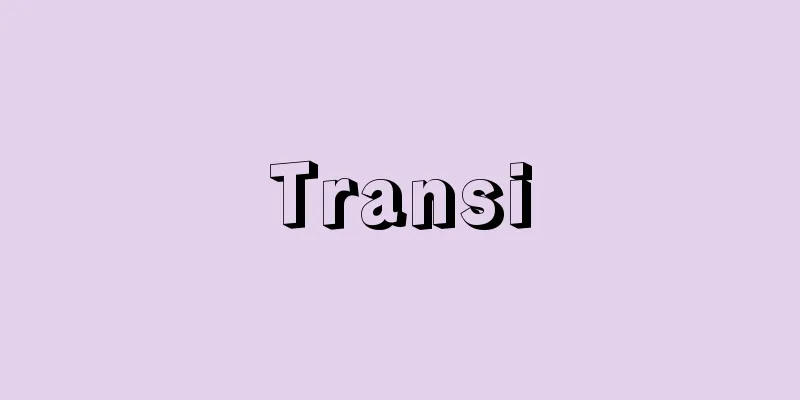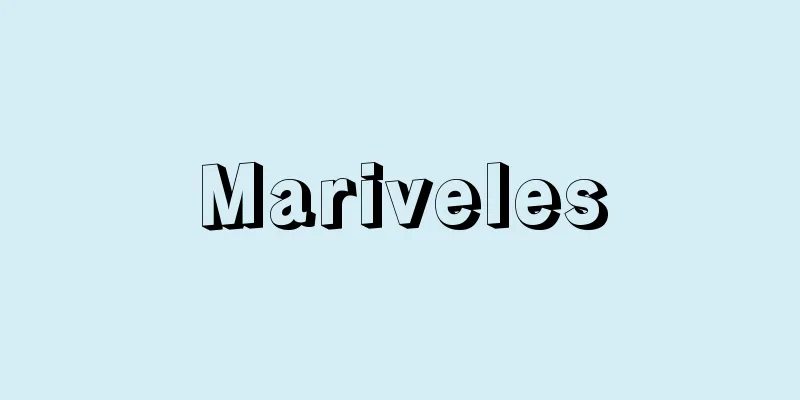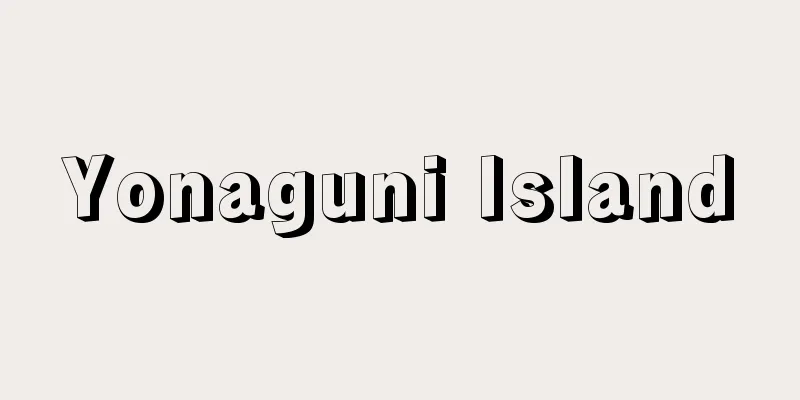Deficit bonds - Akajikokusai

|
Article 4 of the Financial Law stipulates that "national expenditures must be financed by revenues other than government bonds or loans." However, a proviso is added, stating that public works expenditures, capital contributions, and loans may be financed by government bonds or loans within the limits of the amount approved by the Diet. Using this proviso, construction bonds have been issued since fiscal 1966 to cover public works expenditures. The issuance of government bonds to cover current expenses is prohibited under the Financial Law. However, in the supplementary budget for fiscal 1965, deficit government bonds were issued to cover the deficit in current expenses, and since fiscal 1975, when Japan fell into a fiscal crisis, the issuance of deficit government bonds has become the norm. These deficit government bonds are issued by submitting a special law to the Financial Law every year to the Diet and obtaining its approval. This is why deficit government bonds are called "special government bonds." The government pledged to reduce deficit bond issuance to zero in fiscal 1990, and achieved this goal in the fiscal 1991 budget. However, deficit bonds have been issued again since fiscal 1994. The cumulative balance of deficit bonds and construction bonds is estimated to be approximately 536.5 trillion yen as of the end of March 2006. (Muneyuki Shindo, Professor, Faculty of Law and Economics, Chiba University / 2007) Deficit Bonds(Naohito Kamino, Professor, Graduate School of Economics and Faculty of Economics, University of Tokyo / 2008) Source : "Chiezo" published by Asahi Shimbun Publications Co., Ltd. About Chiezo |
|
財政法第4条は、「国の歳出は、公債又は借入金以外の歳入を以て、その財源としなければならない」と定めている。しかし、但し書きを設けて、公共事業費、出資金及び貸付金については、国会の議決を受けた金額の範囲内において、公債あるいは借入金で賄うことができるとしている。この但し書きを使って、1966年度以来、公共事業費に充当する建設国債が発行されてきた。経常経費に充当する公債の発行は、財政法上禁止されている。ところが、65年度の補正予算において、経常経費の赤字を埋めるための赤字国債が発行され、さらに、日本が財政の危機に陥った75年度以来、赤字国債の発行が常態となった。この赤字国債は、毎年度財政法の特例法を国会に提出し、その議決を得て発行される。赤字国債が「特例公債」といわれるゆえんである。政府は90年度に赤字国債の発行をゼロにすることを公約し、91年度予算で実現をみた。しかし94年度から再び、発行され続けている。赤字国債ならびに建設国債の累積残高は、2006年3月末に約536.5兆円と見込まれている。
(新藤宗幸 千葉大学法経学部教授 / 2007年) 赤字国債(神野直彦 東京大学大学院経済学研究科・経済学部教授 / 2008年) 出典 (株)朝日新聞出版発行「知恵蔵」知恵蔵について 情報 |
Recommend
Potato tree - Imonoki
...The fruit is spherical and ripens black in aut...
Contract of revolt - Ikkikeiyaku
...This procedural format means that the law regu...
Hahn, E.
...However, it is interesting to note that in Bla...
Houkitake - Houkitake
An edible mushroom of the family Acanthaceae in t...
Leukosia (English spelling)
…The outer port of Famagusta is 53 km to the east...
Flow with eddies - Flow with eddies
…The speed of all motions other than translationa...
Chiyoichi Kimura, the Master of the School
...There is an anecdote (Koshi Yawa) that he was ...
Caroline - Caroline apple
...The inhabitants are undoubtedly immigrants fro...
Ishigaki Eitaro
Born: December 1, 1893, Higashimuro, Wakayama [Die...
Thick wood - Atsukyogi
…It first appeared around the 15th century, and f...
Canis hallstromi (English spelling)
…[Tadaaki Imaizumi]. … *Some of the terminology t...
Nakhon
…the Thai name Nakhon used in Western books. It i...
Kitamurasaki sea urchin - Kitamurasaki sea urchin
A marine animal belonging to the Echinodermata ph...
Phaethon lepturus
…[Hiroshi Hasegawa]. … *Some of the terminology t...
Ibn Rustam
…The capital was Tahult. The Persian Ibn Rustam (...









